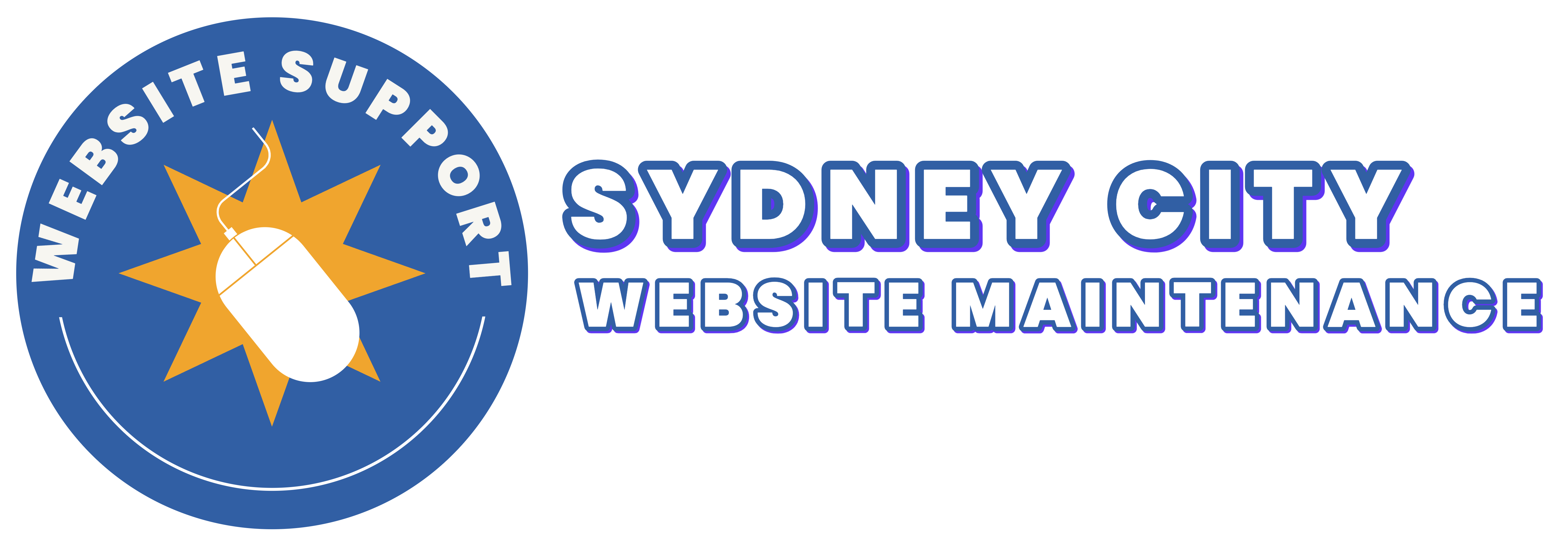The Ultimate Guide to Website Maintenance Success
Keeping your website in top shape isn’t just about fixing issues when they arise—it’s about preventing them in the first place. Regular maintenance ensures your site stays fast, secure, and optimized for users and search engines. Whether you run a personal blog or a business website, following best practices for maintenance helps you avoid downtime, security risks, and performance slowdowns. A well-maintained website builds trust with visitors and keeps them engaged.
In this guide, we’ll cover everything you need to keep your site running smoothly. From software updates to security checks, backups, and performance optimization, we’ll break down the key steps for website maintenance success. Follow these strategies, and your site will remain secure, efficient, and ready to grow.
Mastering the Essentials of Website Maintenance Success
A well-maintained website is the foundation of online success. Regular maintenance helps prevent issues like slow loading times, broken links, and security vulnerabilities. When left unchecked, even minor glitches can turn into major problems that impact user experience and search rankings. Ensuring your website stays updated, secure, and optimized keeps visitors engaged and encourages them to return.
Mastering website maintenance involves a combination of tasks, including software updates, performance monitoring, and security checks. By staying proactive, you reduce the risk of downtime and improve overall site functionality. Whether you’re managing a business website or a personal blog, following best practices ensures your site remains reliable, fast, and user-friendly. A well-maintained website builds trust and enhances your online presence.
Key Steps to Keep Your Website Running Smoothly

A slow or outdated website can frustrate visitors and drive them away. Regular updates to your content management system (CMS), plugins, and themes help prevent security breaches and compatibility issues. Performance optimization, such as image compression and caching, keeps your site running efficiently. Conducting routine speed tests ensures your website loads quickly, providing a seamless user experience.
In addition to software updates, maintaining your website includes monitoring for broken links, outdated content, and security threats. Regular backups ensure you can quickly restore your site if issues arise. Investing time in routine maintenance saves you from costly repairs and lost traffic in the long run. By implementing these key steps, your website will remain secure, functional, and ready to grow.
Proven Strategies for Effective Website Maintenance
Maintaining a website is more than just updating software—it requires a strategic approach. One proven method is setting up automated monitoring tools to track uptime, security threats, and performance metrics. Regularly reviewing analytics helps identify areas where user experience can be improved, from navigation issues to slow-loading pages. These insights allow you to make informed decisions to enhance site functionality.
Another effective strategy is conducting routine audits to check for broken links, outdated plugins, and potential security vulnerabilities. Running regular security scans helps prevent data breaches and protects visitor information. By staying consistent with maintenance, you ensure your website remains fast, secure, and optimized for both search engines and users. A proactive approach keeps your site performing at its best.
How to Maintain a Secure and High Performing Website
Security and performance go hand in hand when it comes to website maintenance. A secure website protects sensitive data, prevents cyberattacks, and builds trust with visitors. Implementing SSL certificates, enabling two-factor authentication, and regularly updating passwords are essential security practices. Keeping software, themes, and plugins updated reduces vulnerabilities that hackers may exploit.
Performance optimization ensures that your website loads quickly and operates efficiently. Using a content delivery network (CDN), optimizing images, and enabling browser caching help speed up page load times. Minimizing unnecessary scripts and plugins reduces strain on your server. By focusing on both security and performance, you create a seamless browsing experience that keeps visitors engaged and coming back.
The Importance of Regular Website Maintenance Checks
Neglecting website maintenance can lead to security threats, slow performance, and broken functionality. Regular checks help catch potential issues before they impact user experience or search rankings. Outdated plugins, missing updates, or expired security certificates can leave your site vulnerable to attacks. Performing scheduled maintenance ensures everything is working correctly and efficiently.
Beyond security, routine maintenance improves user experience and site performance. Checking for broken links, updating content, and monitoring site speed keeps your website relevant and functional. Regular backups ensure you can quickly restore your site if something goes wrong. A well-maintained website not only performs better but also builds credibility with visitors, making them more likely to trust and engage with your content.
Simple Ways to Optimize Your Website for Long Term Success
A successful website isn’t just about launching—it requires ongoing optimization. One simple way to maintain performance is by regularly updating your website’s software, including CMS platforms, themes, and plugins. Keeping your site lightweight by minimizing large images and unnecessary scripts helps improve speed and responsiveness, making navigation smoother for users.
Another key factor in long-term success is content freshness. Updating blog posts, revising outdated information, and regularly adding new pages help keep your site relevant. Search engines favor websites that consistently provide valuable content. Additionally, optimizing for mobile users ensures accessibility across all devices. By focusing on these simple yet effective strategies, your website will continue to grow and perform well over time.
Avoid Common Website Issues with Proper Maintenance
Many website issues can be prevented with routine maintenance. Common problems like slow load times, security vulnerabilities, and broken links occur when updates are ignored. Regularly checking for outdated software, testing website speed, and monitoring for malware can save you from costly downtime and lost visitors. A proactive approach helps maintain a seamless browsing experience.
Backup failures and missing updates are often overlooked but can lead to major problems. Scheduling regular backups ensures you can quickly recover your site in case of data loss or cyberattacks. Running security scans and keeping all plugins up to date reduces risks. Avoiding these common issues through proper maintenance keeps your website reliable and functional, improving user experience and search rankings.
The Ultimate Checklist for Website Maintenance Success
Keeping up with website maintenance can feel overwhelming, but a structured checklist simplifies the process. Start by setting a schedule for updates, security scans, and backups. Ensuring that your CMS, themes, and plugins are current prevents security risks and compatibility issues. Routine speed tests help maintain optimal performance, keeping users engaged.
Beyond technical aspects, content updates are just as important. Regularly checking for outdated information, broken links, and SEO improvements keeps your site relevant. Testing mobile responsiveness ensures accessibility across all devices. By following a maintenance checklist, you create a consistent system that keeps your website secure, fast, and optimized. A well-maintained website leads to long-term success and better
Conclusion
Keeping your website in top shape isn’t just about avoiding issues—it’s about creating a seamless experience for visitors and ensuring long-term success. A well-maintained site is faster, more secure, and ranks better in search engines. Regular updates, security checks, and performance optimizations keep your business online and running smoothly. Investing in maintenance now saves you from costly fixes later.
If you need expert help, Sydney City Website Maintenance is here for you. Based in Sydney, NSW, we offer professional website maintenance services to keep your site secure, updated, and performing at its best. Contact us today to ensure your website stays in top condition!
